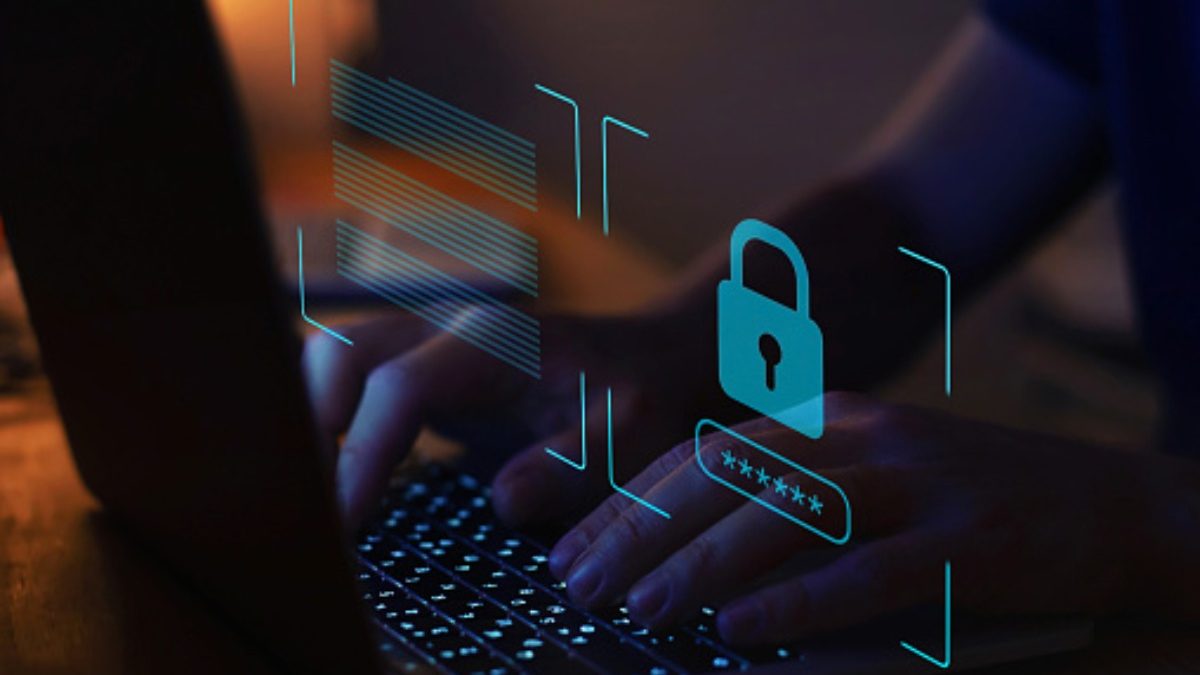Table of Contents
What is Cybersecurity?
Cybersecurity is near protecting computers, servers, mobile devices, electronic systems, networks, and data from malicious attacks. It is also known as information technology haven or electronic gen security. The term applies to various contexts, from business to mobile computing, and can break down into some common categories.
• Network security is the process of protecting a computer network from intruders, be it targeted attackers or opportunistic malware.
• Application security focuses on protecting software and devices from threats. A compromised application might give access to the data it is supposed to protect. Successful safety begins in the design phase, long before a program or device deploys.
• Information security protects the integrity and confidentiality of data both during storage and transmission.
• Operational security comprises the processes and decisions for the administration and protection of data stocks. Users’ permissions when accessing a network and the procedures that determine how and where data containers are stored or shared fall within this framework.
• Disaster recovery and business steadiness define how an organization responds to a cybersecurity incident or other event that results in the loss of operations or data. The disaster recovery policies represent how the organization will restore its functions and information to the same operational volume as before the event. Business continuity is the blueprint that the organization relies on when trying to operate without specific resources.
• End-user training covers the most unpredictable part of cybersecurity: people. Anyone can accidentally inject a virus into an otherwise secure system if they don’t adhere to good security practices. Teaching users to remove suspicious email attachments, not to connect unidentified USB drives, and other essential lessons are critical to the security of any business.
The extent of the Cyber Threat
The global cyber danger continues to evolve rapidly, with the number of data breaches increasing every year. A report by RiskBased Security found that in the first nine months of 2019 alone, a shocking 7.9 billion records expose finished data breaches. This number is more than double (112%) the number of papers published in the same period in 2018.
The importance of scheme monitoring reflects in the “10 Steps to Cyber Security” advice from the UK Government’s Nationwide Cyber Security Center. In Australia, the Australian Cyber Security Center (ACSC) regularly publishes guidance on how businesses can address the latest cybersecurity threats.
Types of Cyber Threats
There are three threats that cybersecurity can Threat:
1. Cybercrime involves individual actors or groups targeting systems for profit or financial disruption.
2. Cyberterrorism aims to undermine electronic systems to cause panic or fear.
So how do malicious actors take control of IT systems? Here are some standard methods against cybersecurity threats:
Malware
Malware stands for malicious software. One of the greatest common cyber threats, malware, is software created by cybercriminals or hackers to disrupt or damage a legitimate user’s computer. Often distributed via an unwanted email attachment or a legitimate-looking download, cybercriminals can use malware to earn money or as part of politically motivated cyber attacks.
There are several types of malware, including:
• Virus – A self-replicating program attached to a clean file spread across a computer system and infecting files with malicious code.
• Trojans: a type of malware masked as legitimate software. Cybercriminals trick users into downloading Trojans to their computers where they can cause damage or collect data.
• Spyware: a program that clandestinely records what a user does so that cybercriminals can use that information. For example, spyware can collect credit card information.
• Ransomware: malware that hairs a user’s files and data without paying a ransom.
• Botnets – computer networks infected with malware that cybercriminals use to perform online tasks without user permission.
Dridex Malware
In December 2019, the United States Department of Fairness (DoJ) indicted an organized cybercriminal group leader for his role in a global Dridex malware attack. However, this malicious campaign is impacting the public, government, infrastructure, and businesses around the world.
In response to Dridex attacks, the UK’s National Cyber Security Center advises the public to “make sure devices patch, antivirus is on and up to date, and files back up.”
End-user Protection
Protecting end-users or endpoint security is a fundamental aspect of cybersecurity. After all, an individual (the end-user) frequently inadvertently downloads malware or some other form of cyber threat onto their desktop, laptop, or mobile device.
So how do cybersecurity events protect end operators and systems? First, cybersecurity trusts cryptographic protocols to encrypt email, files, and other critical data. This not only protects info in transit but also protects it from loss or theft.
In addition, end-user security software images computers for malicious code, quarantine them, and removes them from the computer. Security programs can even detect, encrypt or extract data from the computer’s hard drive.

